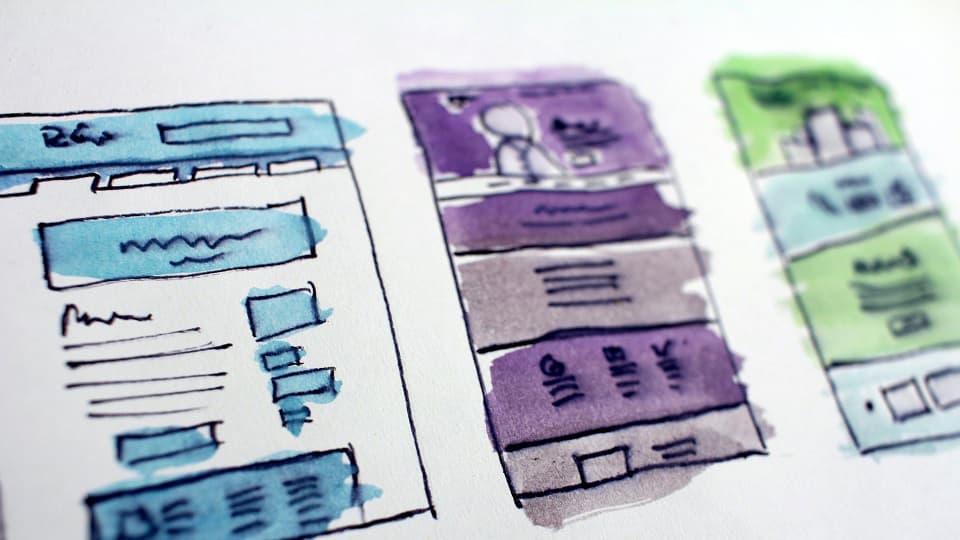There Is More Than One Way To Prototype.
In last week’s article, we shared how prototyping can help you build great products and experiences. This week we will explore the various prototyping techniques used by digital natives.
The five most common techniques are,
- Low fidelity prototyping
- Product videos
- Pitch decks
- Fake door tests
- Magic curtain tests
Let’s take a look at each of them separately.
The Five Cheap & Effective Prototyping Techniques Used By Digital Natives.
Both digital natives and start ups leverage the methods mentioned below frequently.
As such, some of these approaches may seem crude in nature. But when used properly, they are extremely effective.
#1. Low Fidelity Prototyping
My #1 go to validation technique is low fidelity prototyping.
This technique is very effective if you want to quickly,
- Figure out if the user will find the product / feature valuable
- Uncover hidden user needs, and / or
- Determine product usability & customer experience
Here is an example of a quick mock up used by one of our clients,
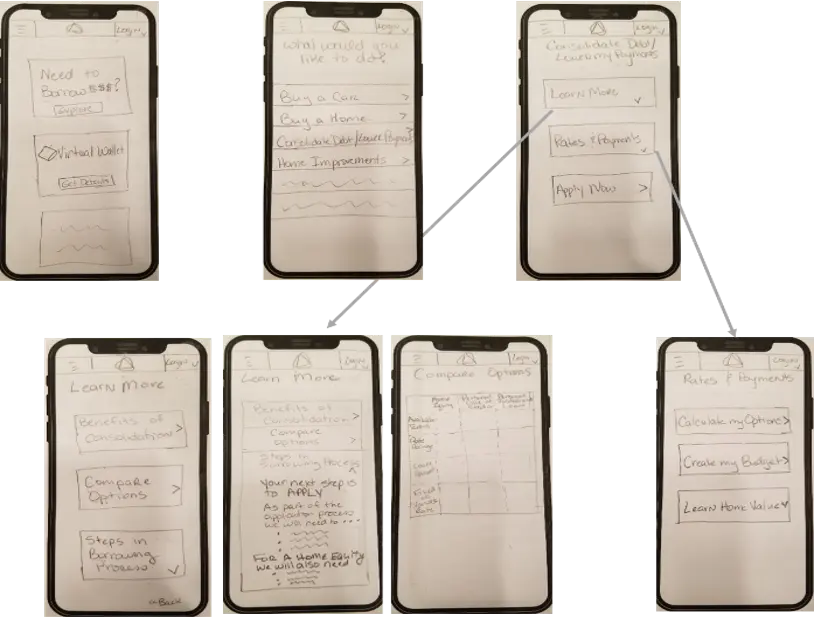
Notice how simple it is.
By keeping the prototypes to paper and pencil. This client was able to design, gather feedback, iterate (six times), and arrive at the right digital experience without building an app or writing code, all within 8 short weeks.
My recommendation, if you are planning to use this technique, stick with paper and pencil for the first few iterations. And then move on to wireframes or higher fidelity mock ups. No reason creating better looking mock up, if 80% of it ends up changing anyways. Plus by sticking to pencil and paper, allows everyone to prototype and allows for faster turn around time.
Regardless of how you end up creating your mock ups, this approach is one of the fastest, cheapest, and most effective validation techniques.
#2. Product Videos
Special effects is not just for Hollywood.
Movie magic can also create the illusion of a full product in order to gauge interest and get feedback .
That is how Dropbox, the now famous file sync company, started.
Back in 2007, Drew Houston (the founder) had an idea to sync files across computers but was not sure if the problem was worth solving. Instead of spending a year building the solution, solving big technical challenges, and burning through cash.
He decided to test for demand by creating a 4 minute YouTube video clip. At the bottom of the video, he added a form to join the waiting list for the private beta.
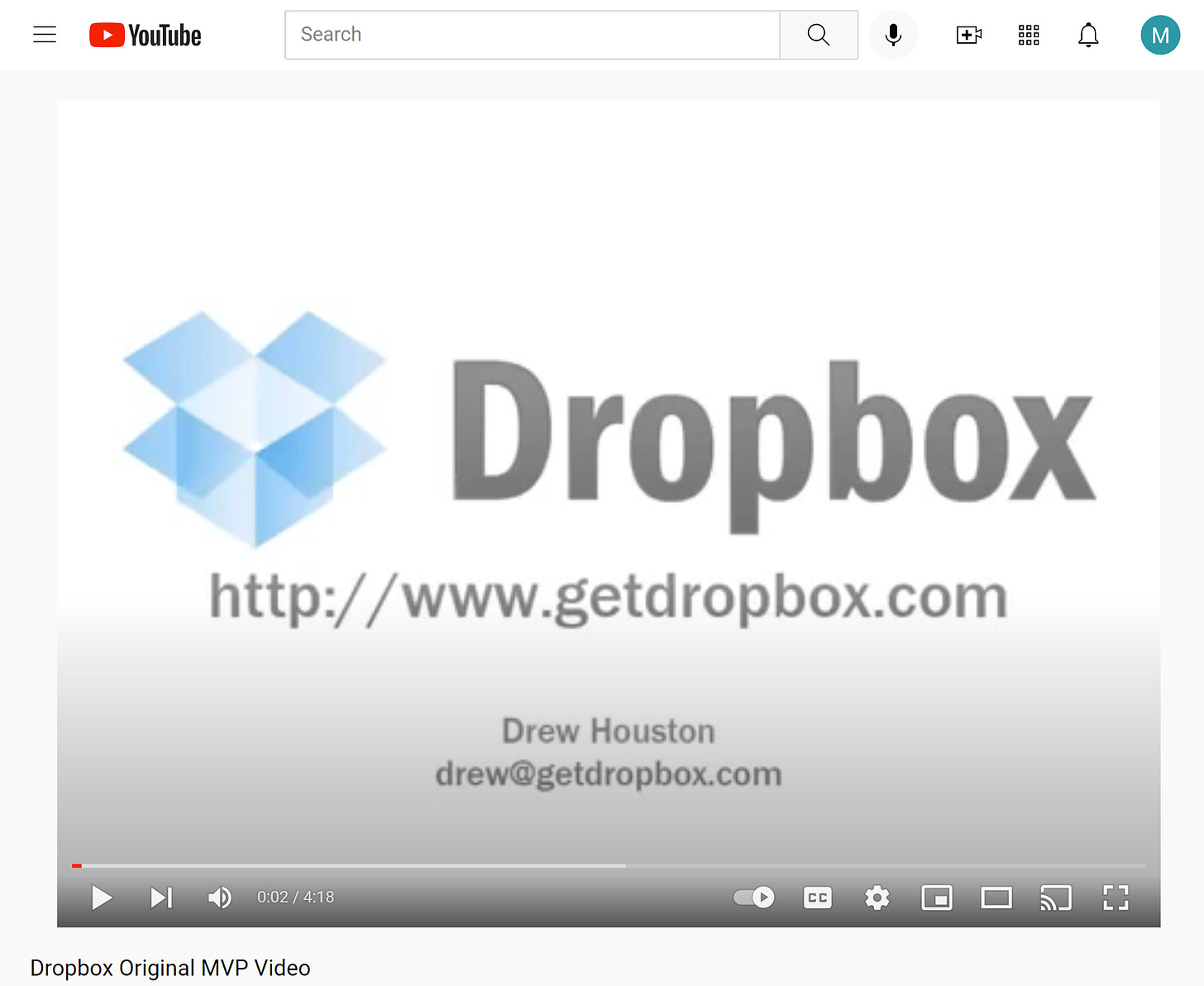
Overnight, the waiting list went from 5,000 to 75,000.
Not only confirming Drew’s hypothesis that people need file sync. But also providing him with valuable feedback and new product features.
Now, YouTube may not be the right medium for your product, your company, or your industry. But the concept of market testing products through video still stands.
It gives the customer something concrete to evaluate and give feedback before the product is built.
(BTW, like this so far? I write about helping senior business leaders transform their product organizations. Subscribe to my newsletter.)
#3. Pitch Decks
My team is currently using this trick.
We have been asked to build a new set of sustainability products and services.
After coming up with the initial idea for the service, the team is now building out different versions of a pitch deck.
Since we are not sure about the market (who the real buyer is, is this problem worth their time). We are creating customized pitch decks for several industries and across various personas.
The goal is to test these pitches with the audience and figure out what sticks and does not stick.
Instead of building out the service and then hoping that someone will buy. By creating the pitch deck we can accelerate our learning. And in turn, save ourselves a ton of time building and marketing the wrong thing.
#4. Fake Door Test
Have you ever clicked an option on a website, and received the following message..
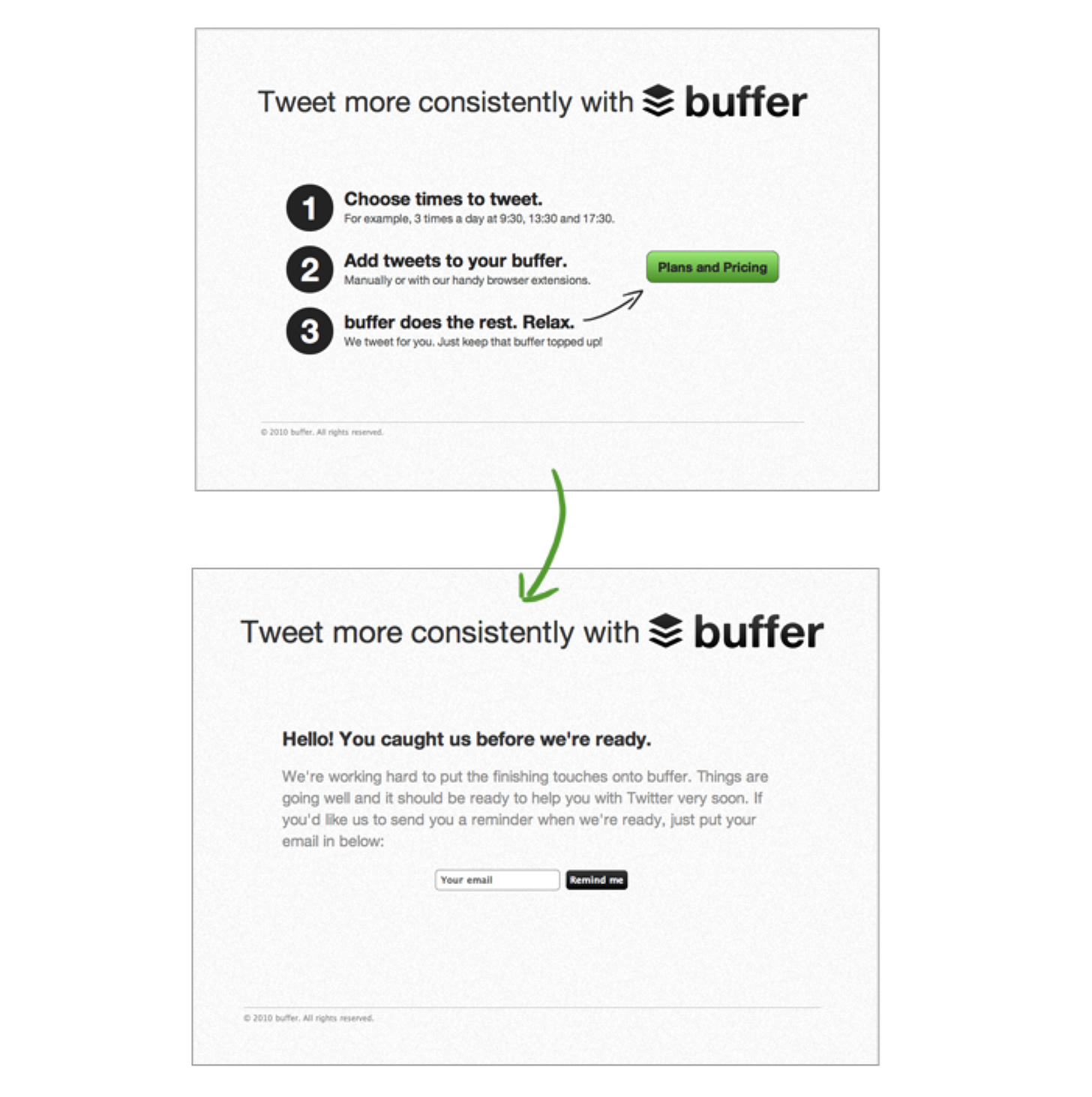
Congratulations!! You just participated in a fake door test.
Fake door tests are an effective way to determine interest in a product without actually building it.
For example, developers use fake doors (like the one above) to determine demand for a feature without coding.
Publishers leverage it to determine demand by creating a book cover and table of contents. And marketers leverage it to test advertisements, uncover click through rates, and calculate customer acquisition costs.
The danger with fake door test is that if not conducted properly it can come off as being scammy.
To do it right, consider the following tricks of the trade
- Keep you blast radius and the test window very small
- Be upfront with the user and thank them for their time and input
- Give them something in return – e.g the first chapter of the book, a gift card etc.
- Collect their emails (with their permission of course) and let them know when the feature, book, product is available. It’s a nice way to boost your early sales
#5. Magic Curtain Test
The magic curtain test takes the fake door test one step further.
When the customer clicks on the “buy” button, it gives them precisely what they were looking for.
The only difference, there is no software or code behind the curtain. Just a human fulfilling the request the old fashion way.
For example, when Zappos got started they had no inventory. The founder, Nick Swinmurn, was not sure if anyone would buy shoes online. So instead of spending millions on inventory, he created a website with pictures of shoes from the local mall.
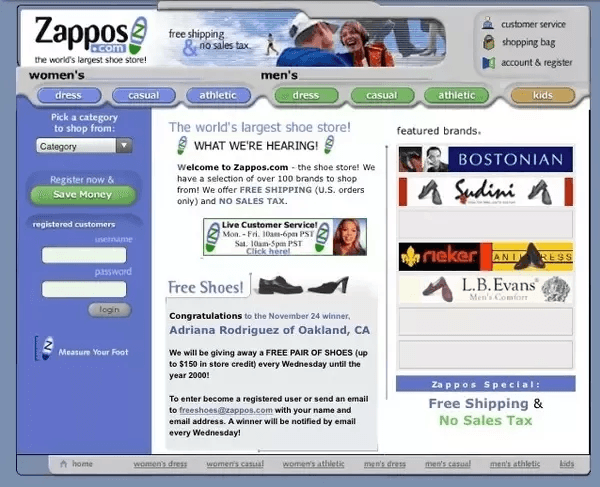
When a customer placed an order, he would head back to the store, buy the shoe and Zappos would ship it.
The benefit of this test is that it definitively answers the question if customers are willing to buy your product and service. Customers entering their credit card is as good as it gets.
A Few Leading Practices To Consider The Next Time You Prototype
There are, of course, more validation techniques available.
However, regardless of which technique you choose to employ, they all follow the same guiding principles,
Keep It Simple: Identify your biggest unknown and design the test only for that. Only move on to the next unknown after you have overcome the first.
Build Just Enough: The goal is to build just enough so that you can share the essence of your product. Simple rule of thumb – if the prototype is not embarrassing enough, then you have done too much.
Show It To Customers Quickly: True discovery happens when you put the crude prototype in front of the customer. User feedback can literally save you millions and years of development.
Make Decisions Based On First Hand Data Only: Trust only the data collected by the product team through the various experiments. Do not trust second hand information like surveys, market research, focus groups etc.
Happy Building!!
